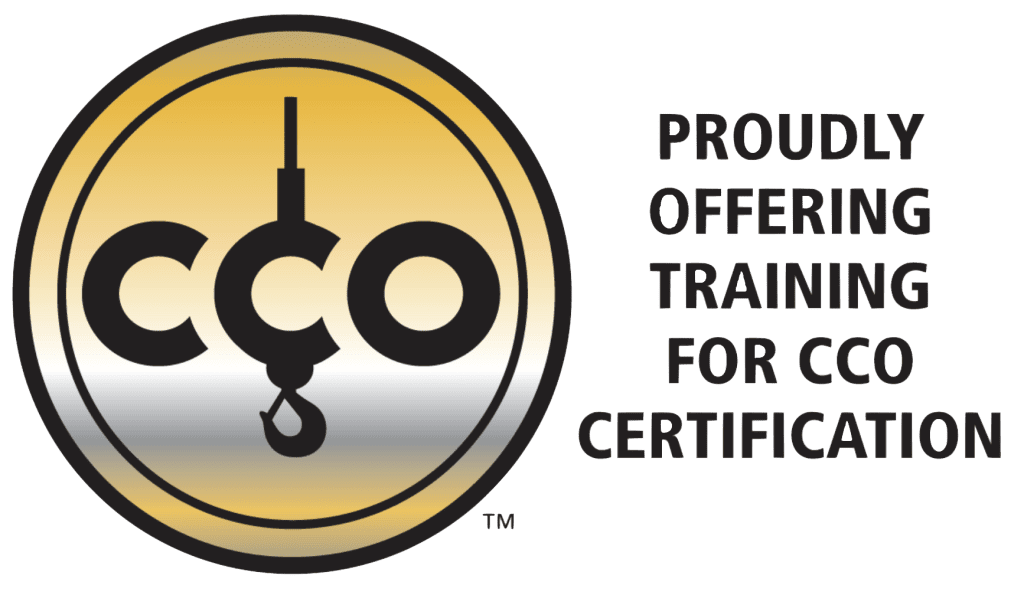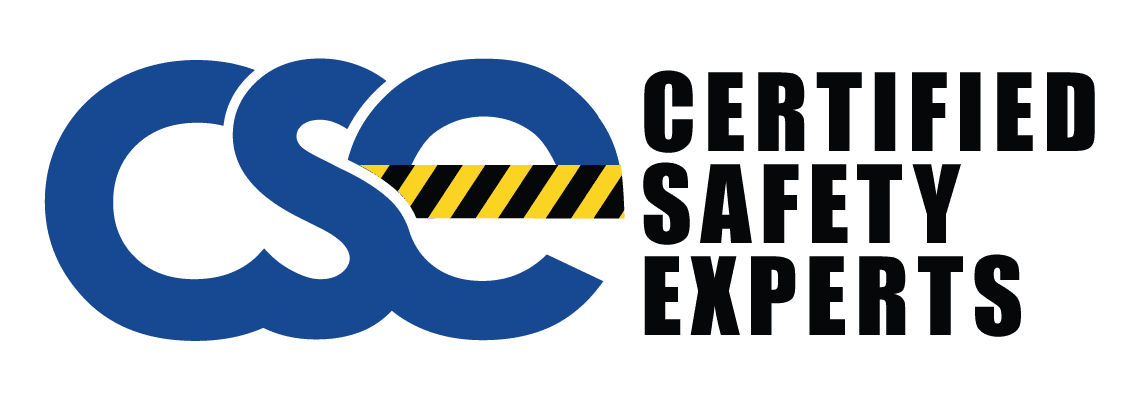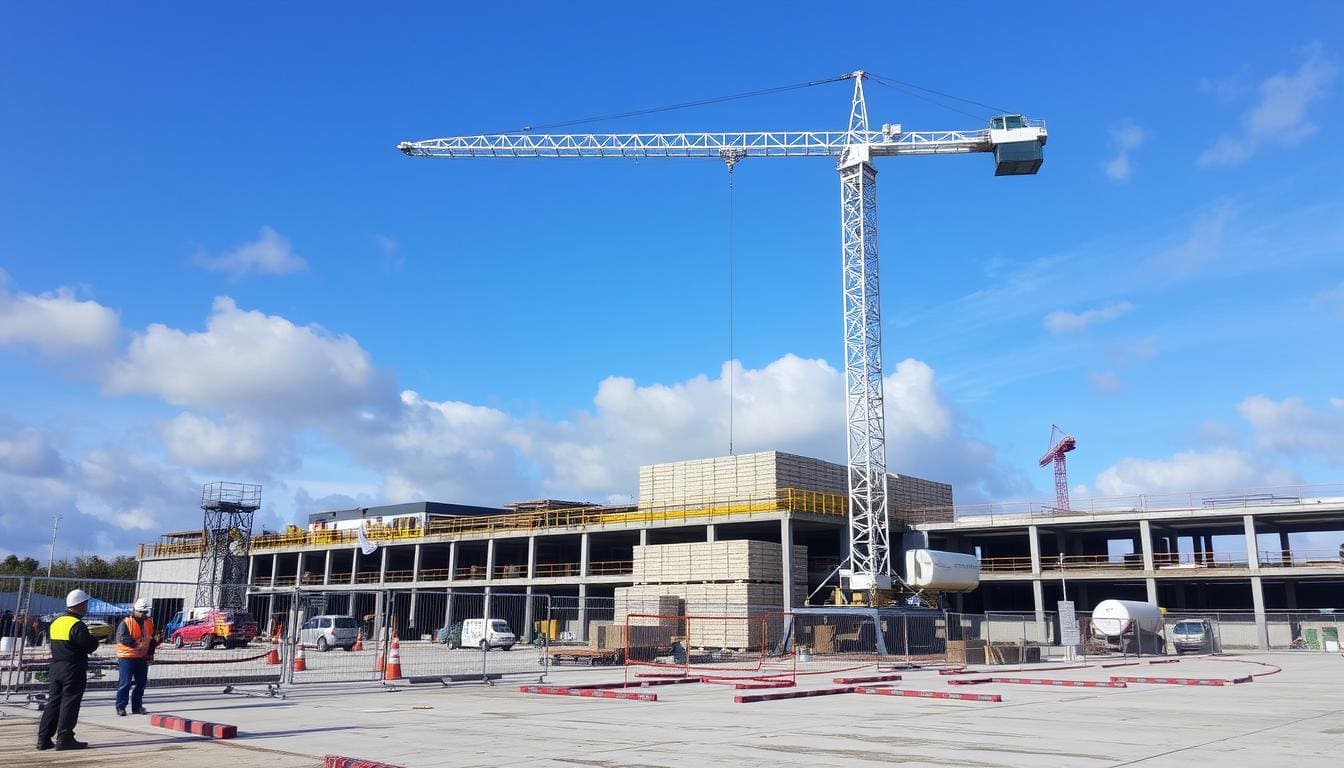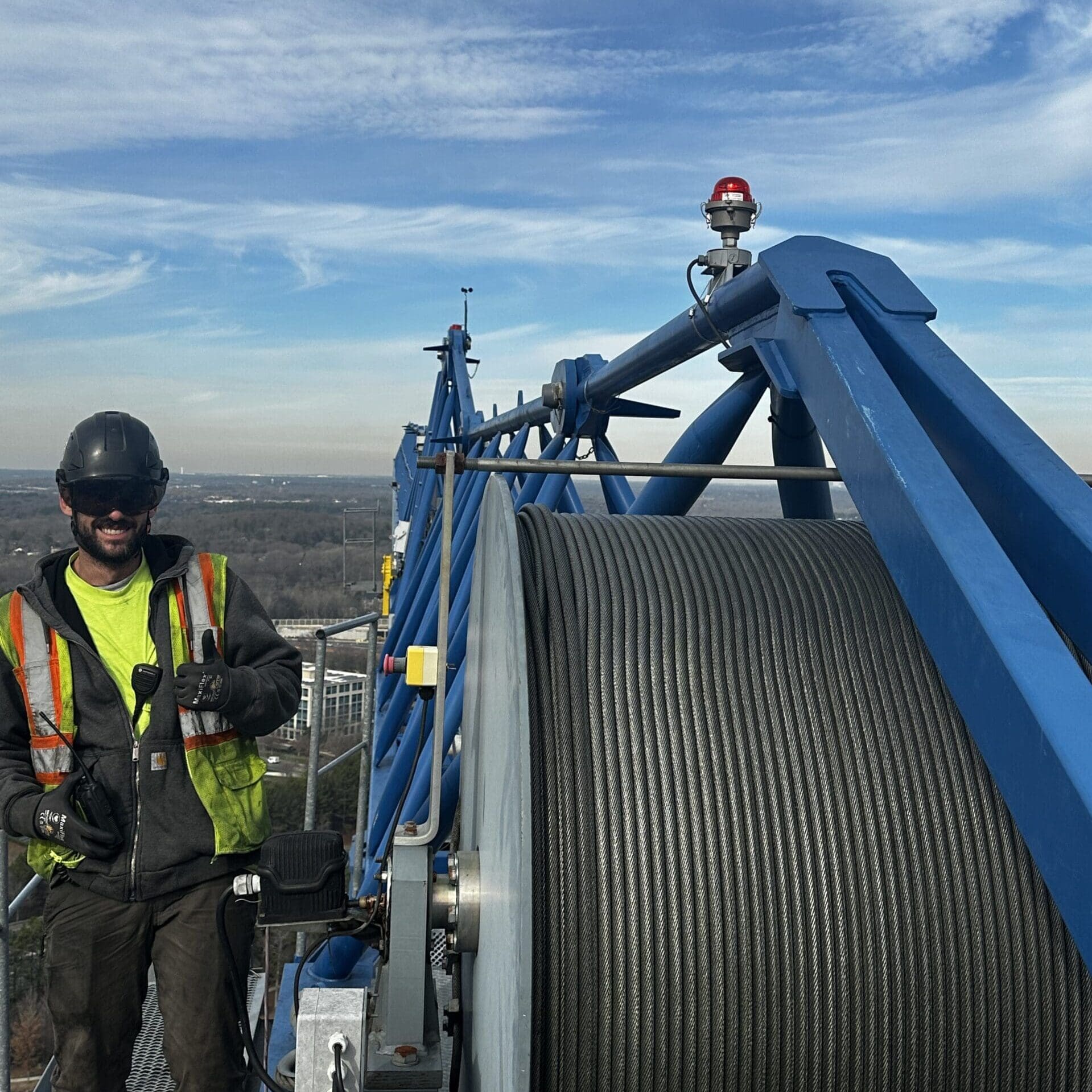Crane accidents are a big worry in construction and industry they can hurt workers and slow down projects. Many things can lead to crane accidents these include tired operators, poor communication, broken machinery, and bad weather by looking at these issues, we can find ways to make crane work safer.
Construction and the heavy equipment industry form a cornerstone of the global economy, employing millions worldwide these industries harness some of the most powerful machinery ever developed to extract raw materials, transport them, process them, and assemble them into structures that simplify daily life.
However, the nature of the work poses significant risks, including damage to structures, bodily harm, and even fatal injuries. To address these risks, regulatory bodies like OSHA have established safety protocols to protect workers and their environments.
Cranes, versatile and indispensable tools across these industries, are no exception when it comes to potential hazards. Let’s explore the common causes of crane accidents and how to ensure a safer worksite.
Causes of Crane Accidents in Construction Sites
The construction world often faces serious safety issues, with crane accidents being a major concern. These incidents make up a big part of the hazards on construction sites. It’s crucial to understand what causes them.
Crane accidents can arise from several factors, including:
- Crane Buckling or Collapsing
Cranes rely on stabilizers and outriggers to remain steady during operations. Setting them up on unstable ground or exceeding their weight limits can lead to tipping or collapse. - Improper Assembly
Errors in crane assembly—such as overextending the boom without consulting the manufacturer’s manual or improperly using blocking supports—can lead to accidents. - Insufficient Employee Training
Untrained crane operators may overlook safety hazards, risking injury to themselves, colleagues, and structures. A lack of a designated signal person compounds these risks. Workers should be trained to understand operational ranges and emergency signals. - Mechanical Failures
Poor maintenance can lead to worn components malfunctioning, causing structural damage or injuries. - Electrocution
Cranes coming into contact with live electrical wires pose a significant risk, especially if parts are uninsulated.
Certified Safety Experts is your trusted partner for on-site heavy equipment training and safety solutions. Read on to learn more about common mobile crane accidents and prevention strategies.
Operator Error and Human Factors in Crane Accidents
Human mistakes are a big part of crane accidents. Mistakes by crane operators, like being too tired or not talking well, can cause big problems on construction sites.
Fatigue and Decision-Making Impact
Crane operators make key decisions that keep everyone safe. But being too tired can mess up their thinking its important to make sure they get enough rest and are checked on to keep them safe.
Communication Breakdowns
Good communication is key for crane safety. If the crane operator, signaler, and others don’t talk well, it can lead to danger. Clear rules, training, and a culture of openness can help fix this.
Inadequate Risk Assessment
Every crane use needs a careful risk check to spot and fix dangers. Not doing this right can cause accidents and put workers at risk. Training, checking risks often, and being proactive about safety can help.
OSHA Crane Accident Statistics
According to OSHA, the leading causes of crane accidents include:
- Contact with live power lines (39%)
- Crane assembly/disassembly errors (12%)
- Boom buckling or collapse (8%)
- Crane upset or overturn (7%)
- Rigging failure (7%)
- Overloading (4%)
- Struck by a moving load (4%)
- Man-lift-related accidents (4%)
- Working within the radius of a counterweight (3%)
- Two-blocking (2%)
- Hoist limitations (1%)
- Other causes (6%)
How to Prevent These Crane Accidents
Preventing crane accidents requires strict adherence to safety protocols. Cutting corners to save time or money can lead to costly and harmful consequences. Key preventative measures include:
- Safe Setup: Ensure cranes are set up on stable surfaces to prevent buckling or collapse.
- Avoid Live Wires: Maintain a minimum 20-foot distance from live electrical wires, as recommended by OSHA.
- Regular Inspections: Frequent inspections allow for timely repairs and maintenance of worn components.
- Qualified Staff: Ensure all crane operators, riggers, and signal persons are properly trained and certified.
Make Sure You Have a Checklist for Crane Safety
Follow these safety guidelines to improve workplace safety:
- Identify danger zones and communicate hazards to all staff.
- Avoid overloading the crane.
- Ensure proper rigging to prevent falling materials.
- Test communication channels before operations.
- Schedule inspections with a qualified professional.
- Train and certify all personnel involved in crane operations.
Crane Accident Safety Tips
- Utilize qualified personnel at all times.
- Read and follow operator manuals.
- Select the right crane type for the job.
- Conduct daily crane inspections.
- Clear obstacles along the crane’s travel path.
Mechanical Failures and Equipment Malfunctions
Crane accidents often come from mechanical failures and equipment malfunctions these problems can lead to serious issues like load capacity violations and structural integrity problems. It’s key to know what causes these issues to keep the job site safe.
Load Capacity Issues
Overloading a crane is one of the leading causes of crane failures and collapses. Common reasons include improper rigging, incorrect weight estimations, and exceeding the crane’s operational limits. To prevent such accidents, operators must carefully assess the load, follow the manufacturer’s guidelines, and conduct thorough inspections of the crane’s components.
Structural Component Failures
Structural failures, such as damage to booms, chains, or cables, are another major cause of crane accidents. These issues often result from wear and tear, material fatigue, or inadequate maintenance. Implementing a proactive maintenance program, combined with regular inspections, can help identify and address these vulnerabilities before they lead to accidents.
Maintenance-Related Problems
Neglecting crane maintenance significantly increases the risk of mechanical and electrical malfunctions. Routine tasks like proper lubrication, timely replacement of worn components, and adherence to the manufacturer’s maintenance schedule are essential for keeping cranes safe and operational. Ignoring these maintenance requirements can drastically heighten the likelihood of equipment failure.
Avoid Crane Accident-Related Lawsuits
Employers can reduce liability and mitigate losses from lawsuits by implementing proper training and safety measures. While some accidents are unavoidable, adhering to OSHA-compliant practices significantly minimizes risks.
Certified Safety Experts is a nationally recognized OSHA-compliant organization, offering on-site crane training and inspections to help you maintain a safe and efficient workplace. Call us today to schedule your session: (919) 326-3742.
Prevent a Crane Accident Today: Schedule with Certified Safety Experts
Certified Safety Experts is committed to creating safer work environments with expert training and inspections. Contact us today to ensure your operations align with OSHA standards.
